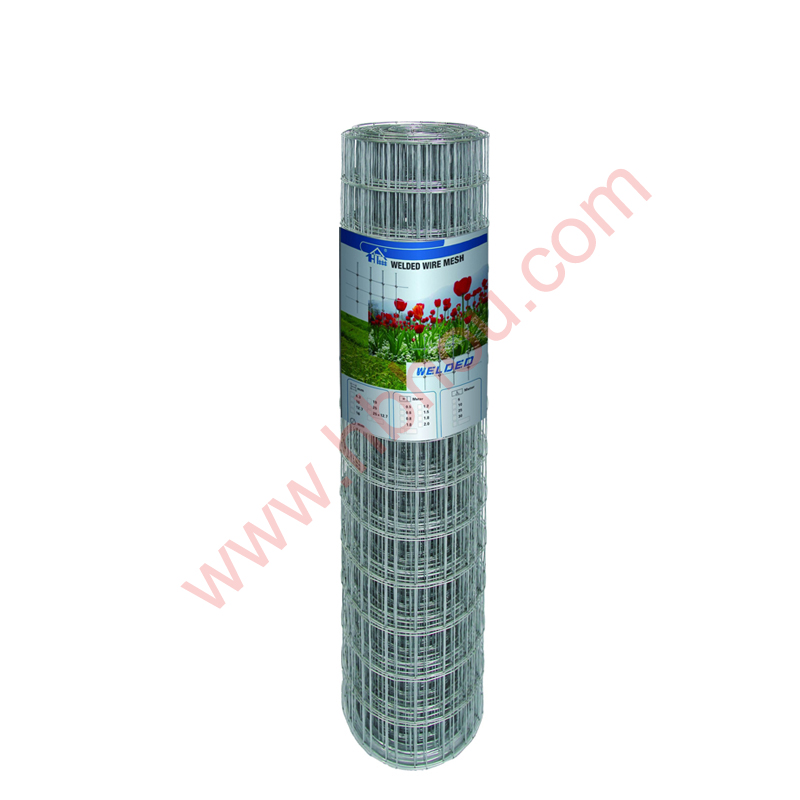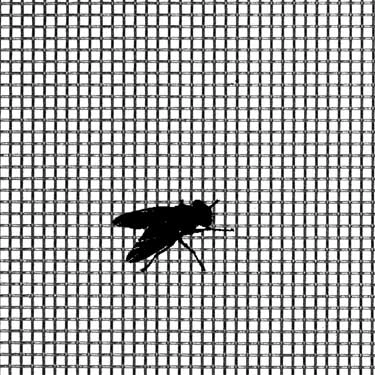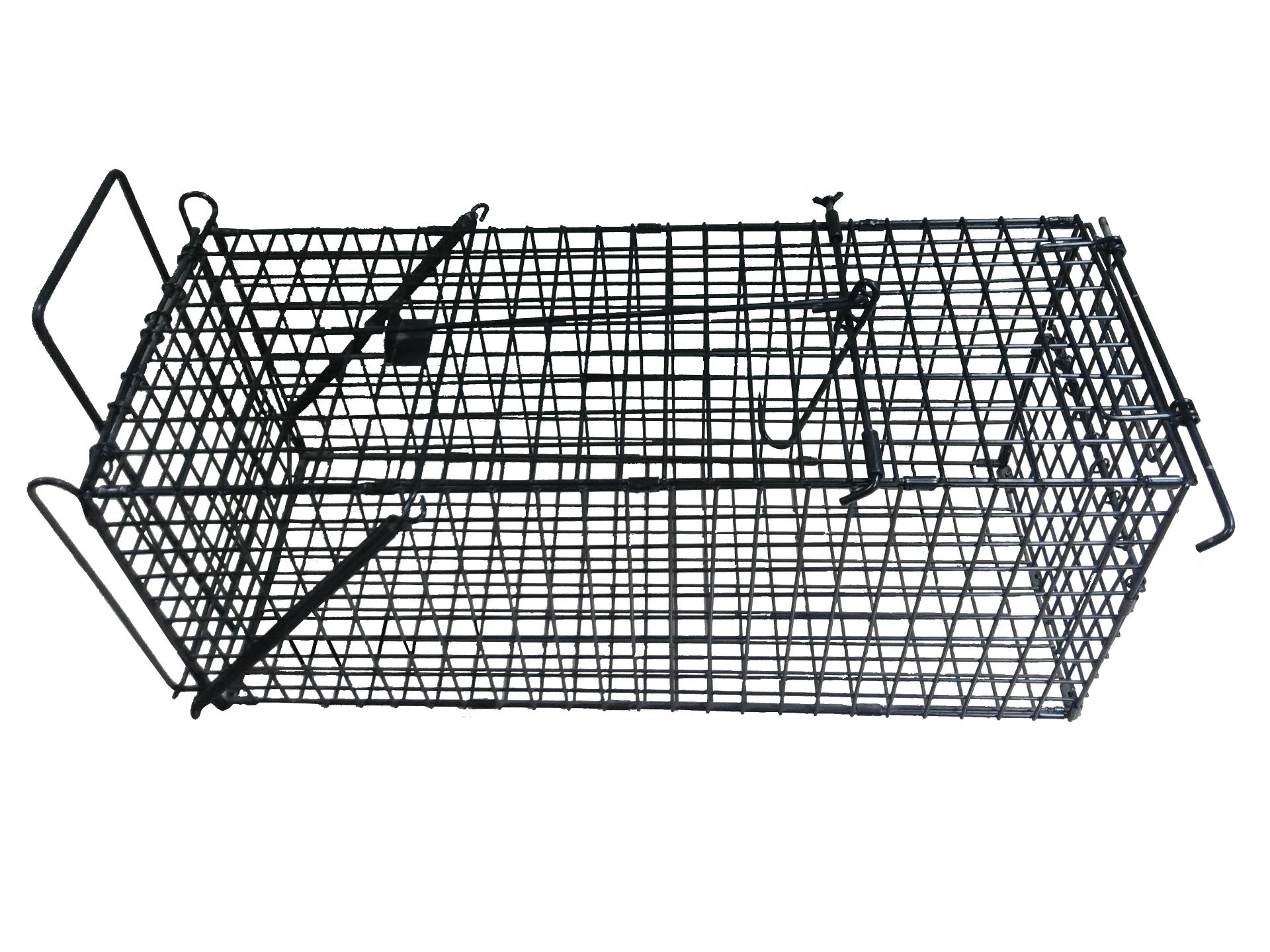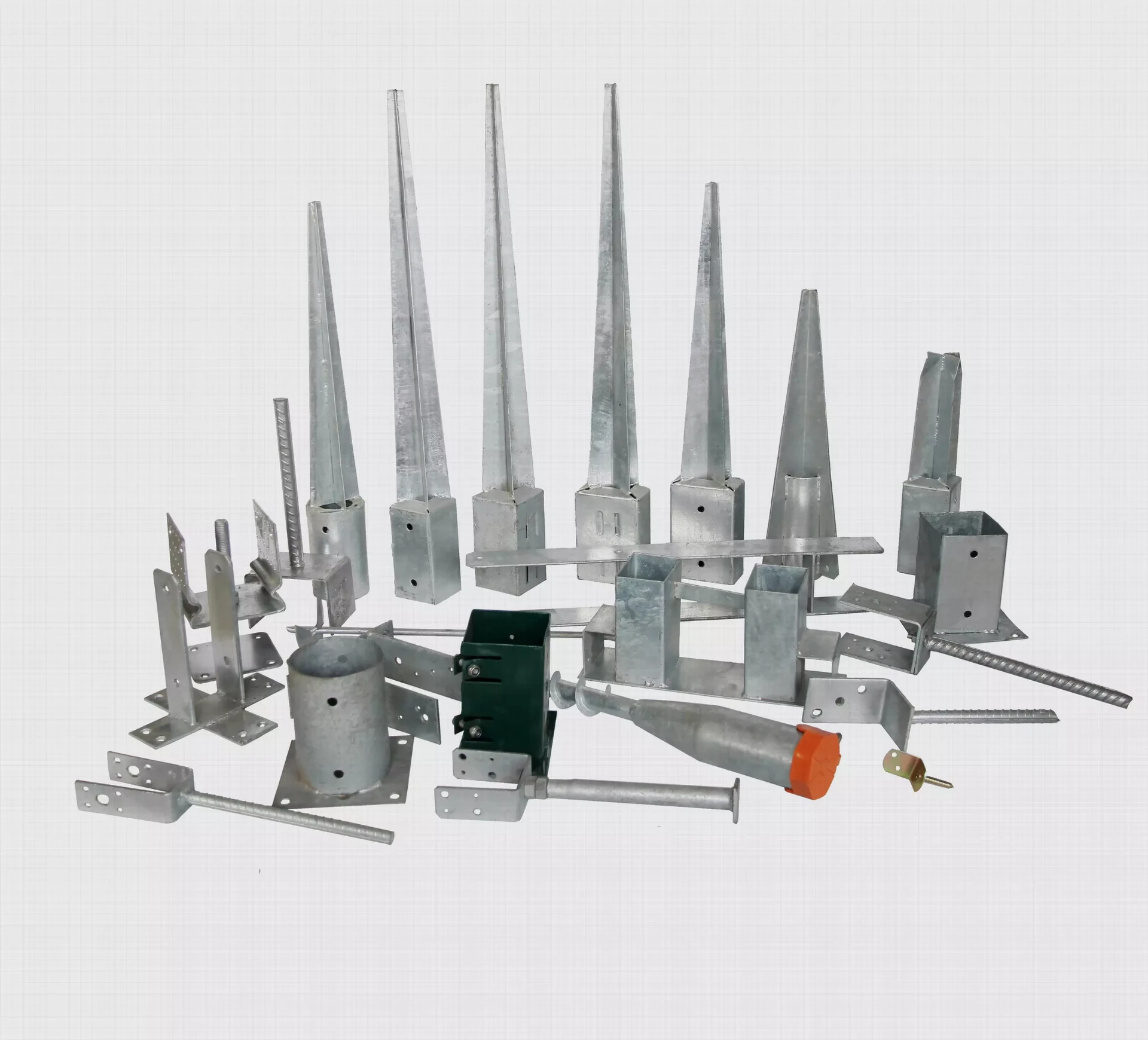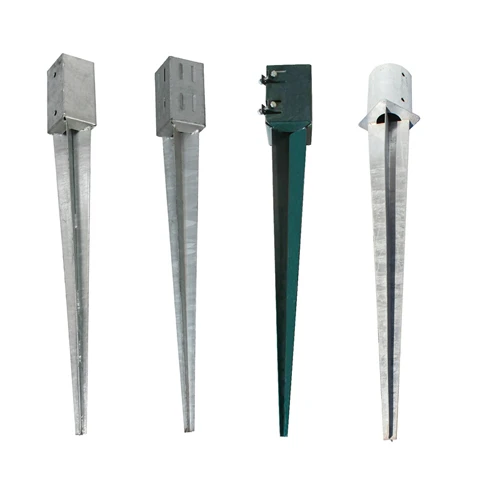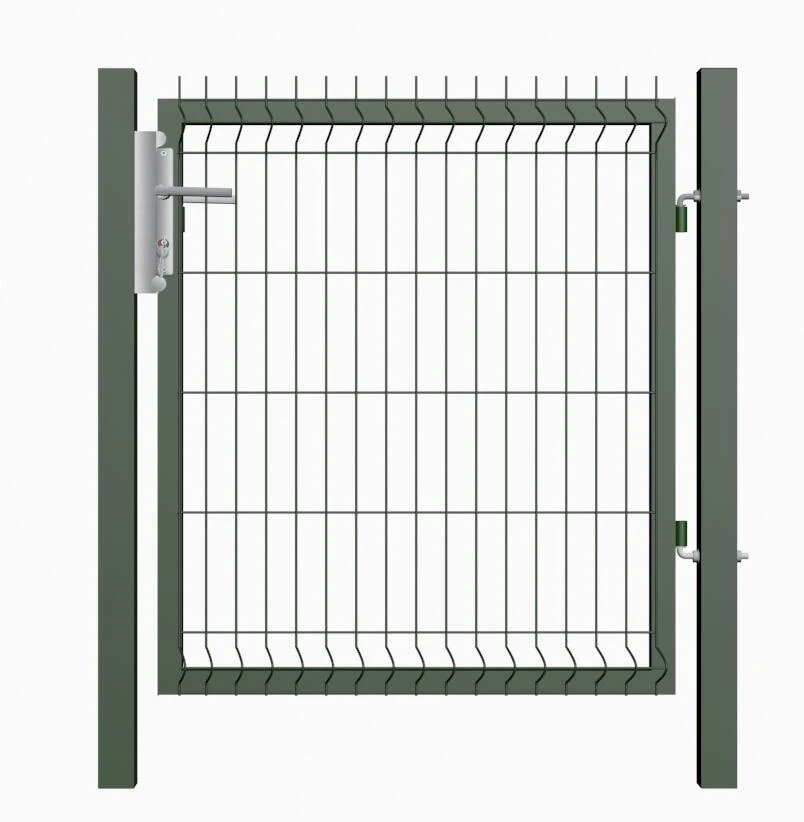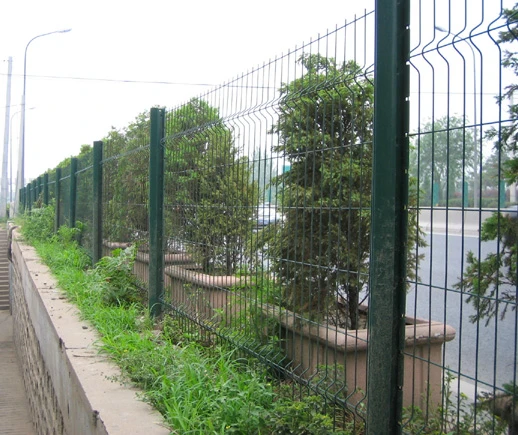

After the posts are in place, attach the barbed wire. Start with the bottom wire, using a wire stretcher to apply appropriate tension. Barbed wire should be taut, but not overly tight, as this could result in breakage or sagging over time. Attach the wire to posts with staples if using wooden posts, or wire clips for metal posts. Professional tip Stagger the sharp ends of the wire facing alternate directions on each layer to enhance security while balancing tension across the fence. Safety is paramount when dealing with barbed wire. Always wear heavy-duty gloves and protective eyewear to prevent injuries from sharp barbs. It may also be beneficial to have a second set of hands to ensure wire tension is maintained while fastening to the posts. Moreover, consider the implications on local wildlife and ensure the fence does not pose unnecessary risks to non-targeted animals. The final touches involve inspecting the fence line for any vulnerabilities or weaknesses. Walk the perimeter, gently testing the wire tension and checking the stability of posts. This is where real-world experience shines, as seasoned installers will know that the strength of the fence is only as good as its weakest point. Any adjustments should be made promptly to prevent future repairs or breaches. In conclusion, installing a barbed wire fence is a multifaceted process that grounds itself in both tradition and modern engineering. With the right blend of preparation, material selection, and technical skill, the resulting fence is not only a physical barrier but a testament to effective land management. By adhering to best practices and leveraging expert insights, the project not only fulfills immediate security needs but also enhances property value and peace of mind. Whether for agricultural purposes or residential security, the barbed wire fence remains a steadfast solution, as enduring as it is effective.





